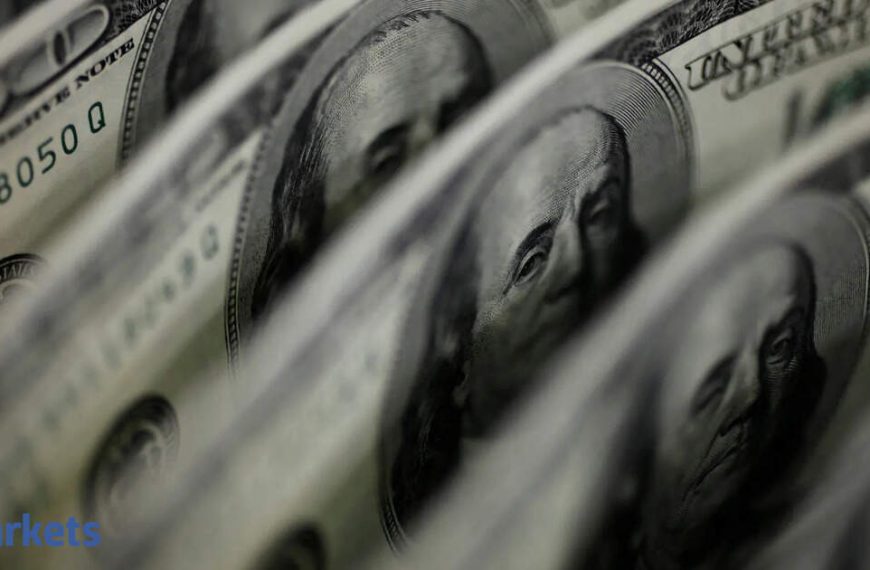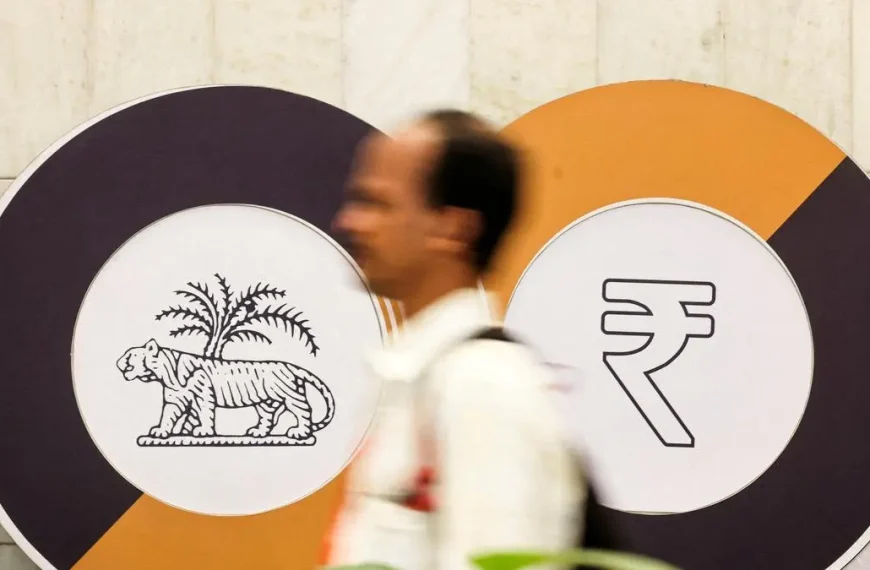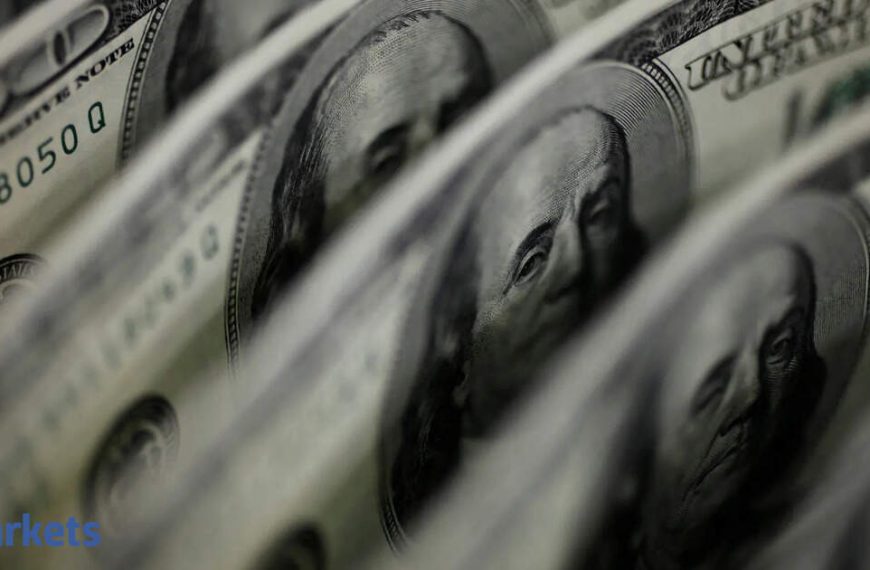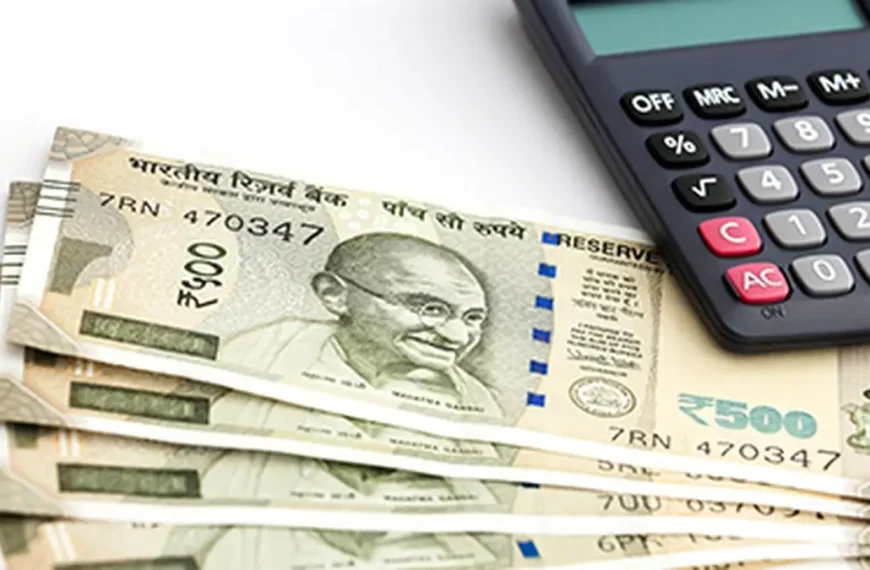On Monday, the Reserve Bank of India (RBI) successfully conducted a $10 billion US dollar/rupee buy/sell swap auction, generating significant interest from financial institutions. This auction was met with an enthusiastic response, being oversubscribed by a factor of 2.22, showcasing the demand for liquidity in the market. The cut-off premium also reflected a notable decrease, dropping to 586 paise, down from 655.10 paise in the last auction held in late February.
Injection of Liquidity into Banking System
The result of this auction is poised to inject approximately ₹86,000 crore into the banking sector, which has been grappling with a liquidity shortfall. As of the latest reports, the liquidity deficit within the system stood at ₹2.06 lakh crore. This swap auction is a strategic initiative by the RBI to enhance rupee liquidity and stabilize the banking environment.
- Total bids received: 325 participants
- Aggregate bids submitted: $22.28 billion
- Accepted bids: $10.04 billion
- Weighted average premium: 592.32 paise
How the Swap Auction Works
In the initial phase of this swap agreement, banks sold US dollars to the RBI. Following this, the RBI will deposit the rupee equivalent into the current accounts of the successful bidders. After a duration of six months, these rupee funds will be returned to the RBI, along with the swap premium, allowing banks to reclaim their US dollars.
This swap auction not only reflects the RBI’s commitment to ensuring liquidity but also underscores the ongoing demand for US dollars in the Indian financial landscape. By facilitating such transactions, the central bank aims to bolster the stability of the rupee amid fluctuating market conditions.
For further insights on currency swaps and their implications on the economy, consider exploring related topics on financial market dynamics and RBI policies.










